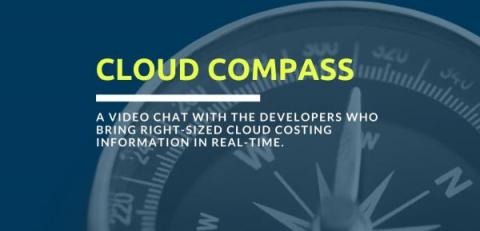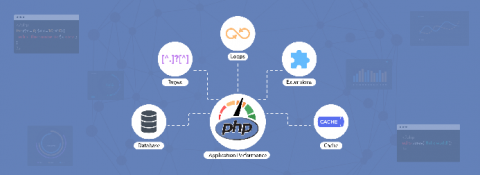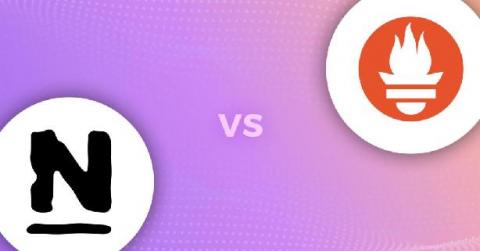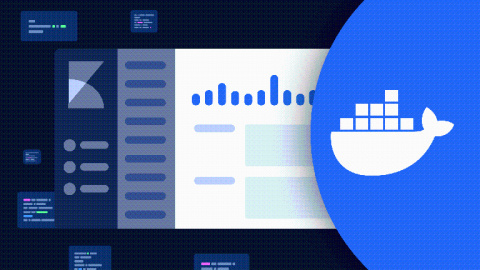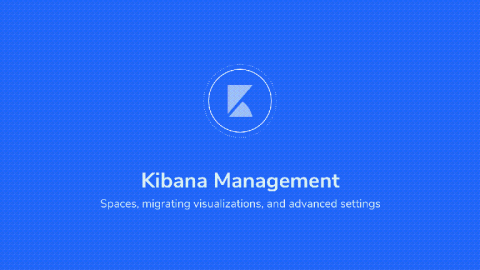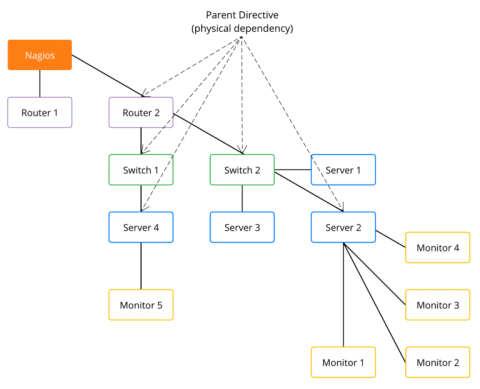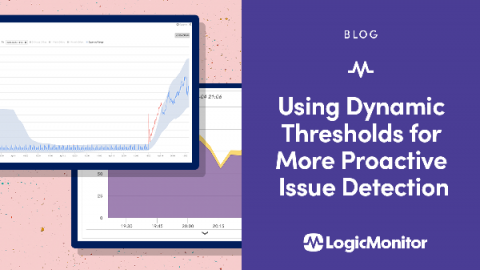Tech Talk: Galileo Cloud Compass
A video chat with the developers who bring right-sized cloud costing information in real-time. It all started with a casual conversation about the cloud and infrastructure monitoring among the team at Galileo and our parent company, The ATS Group. From there, it quickly evolved into a discussion on how we can alleviate a source of frustration for many of our customers.


